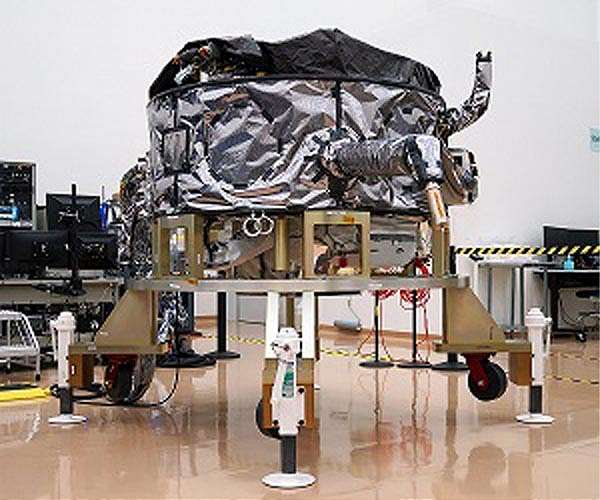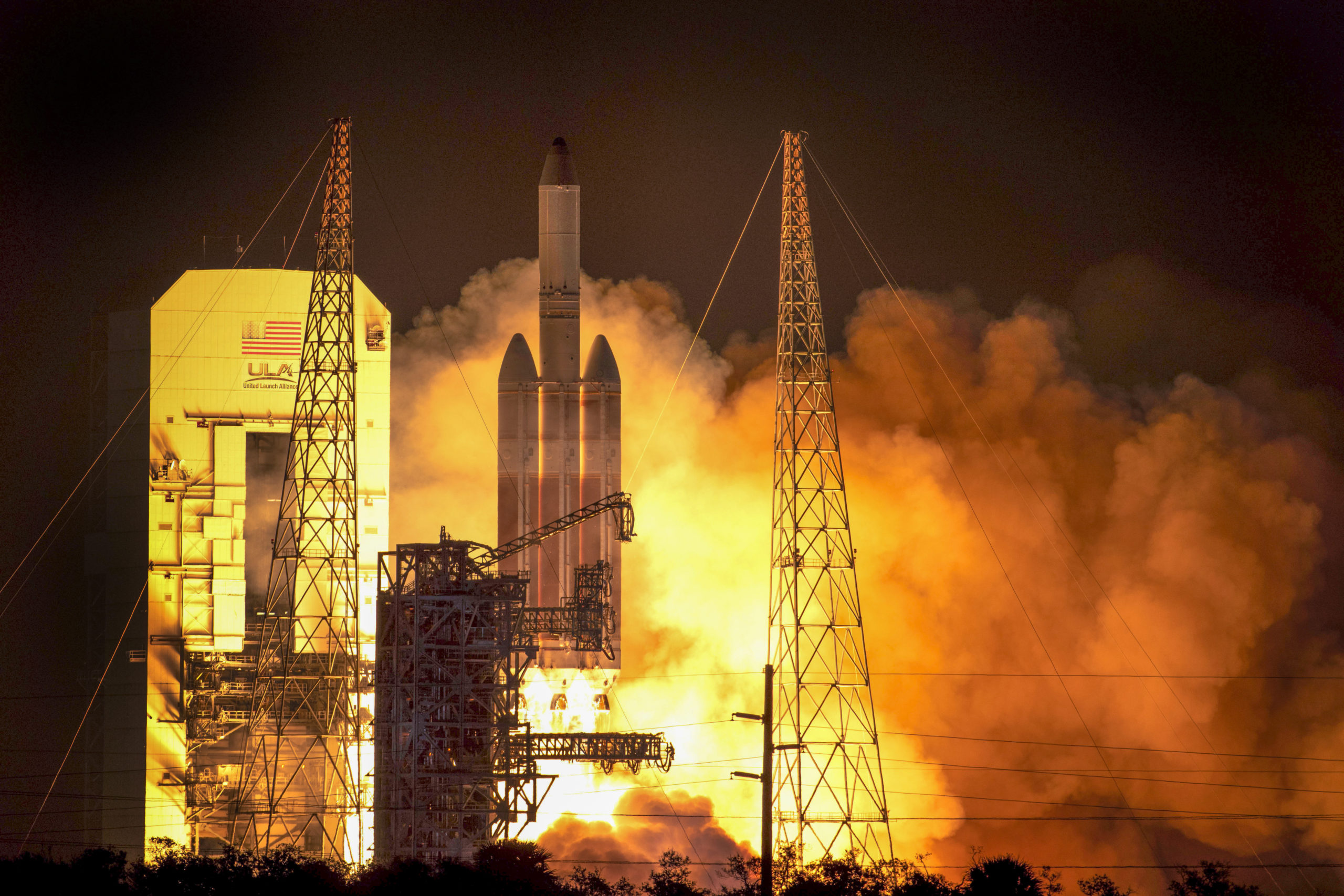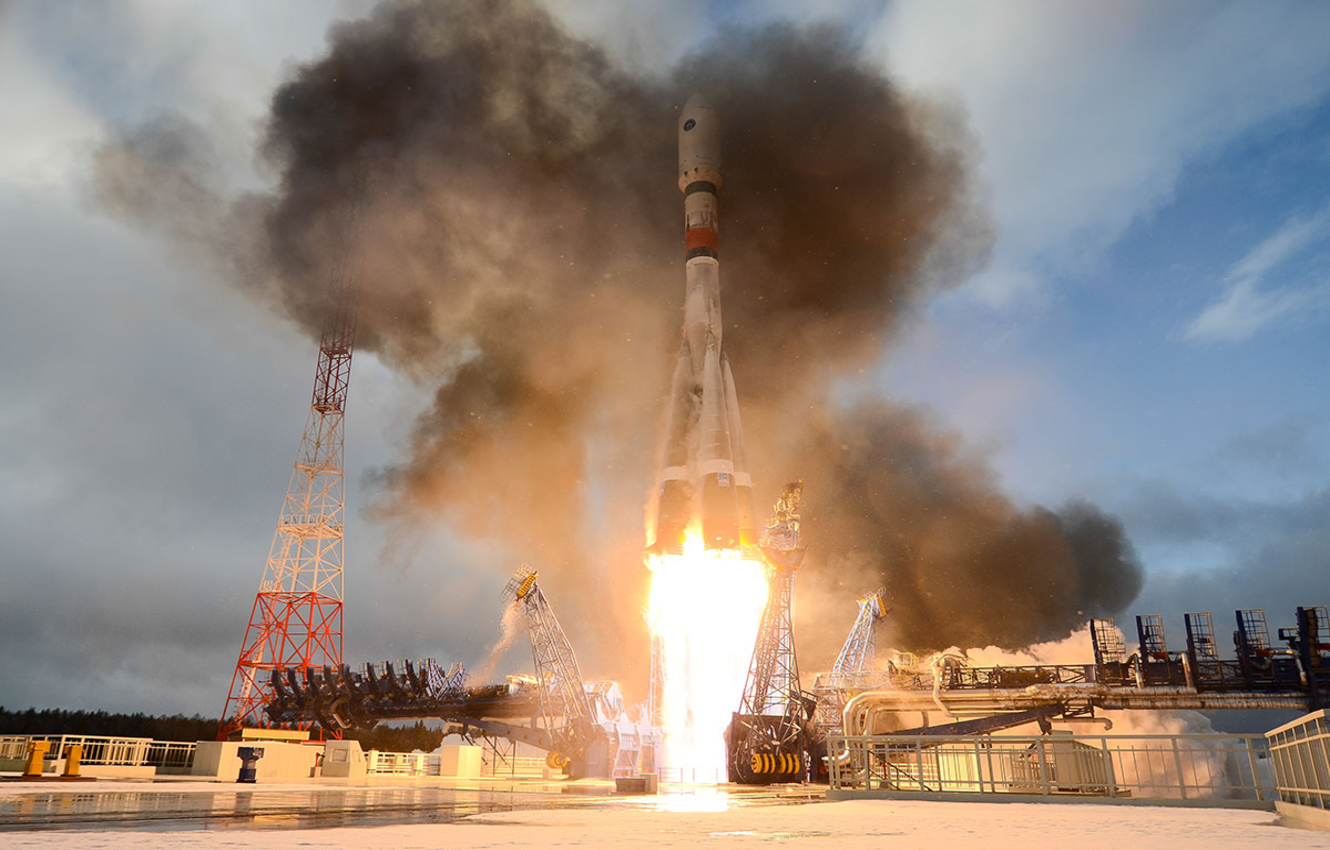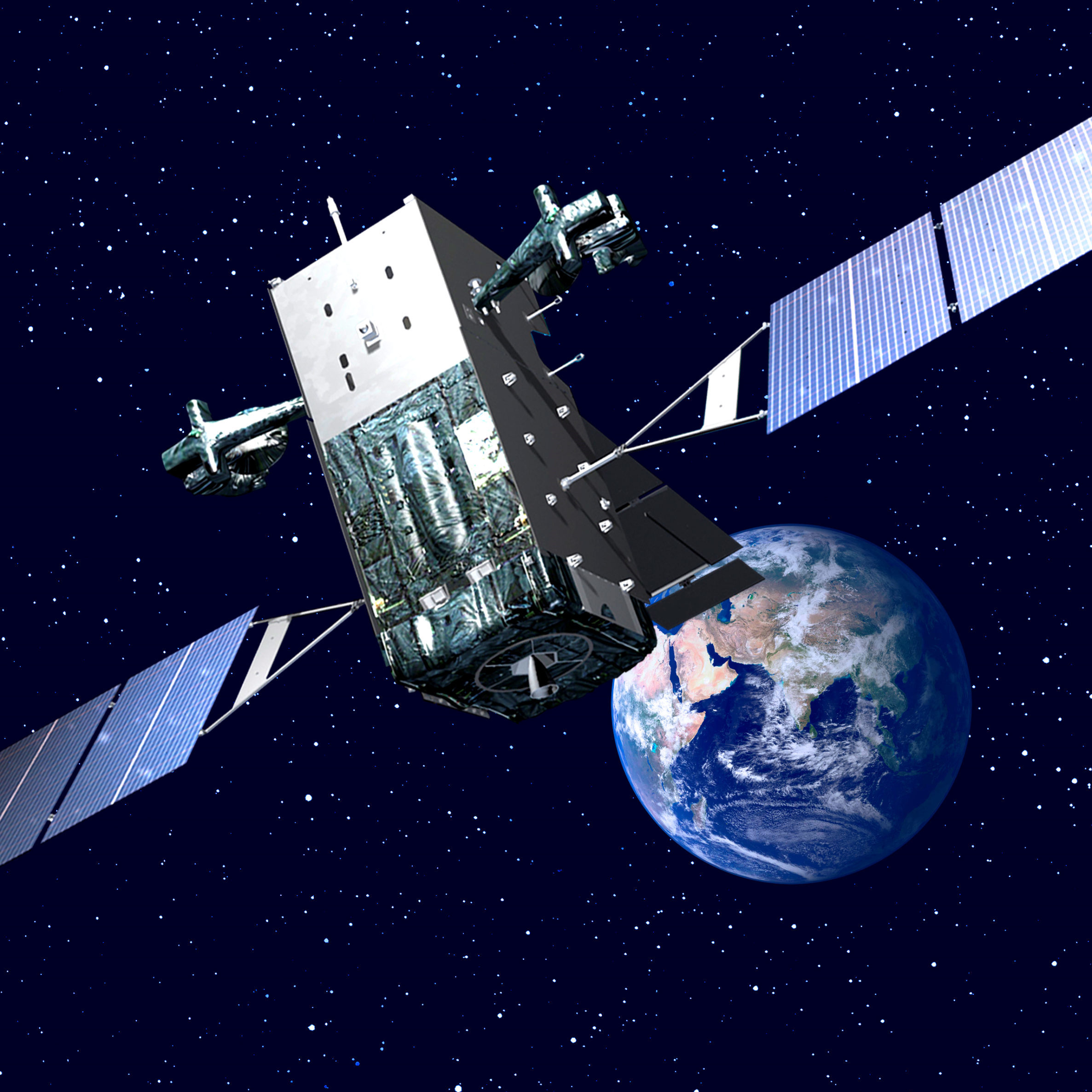- Joined
- 9 October 2009
- Messages
- 21,973
- Reaction score
- 13,622

Space Force will set up one office for commercial services, including SATCOM and satellite imagery
Under the new Space Systems Command setup, the Commercial Satellite Communications Office (CSCO) will be expanded into a commercial services office.





































